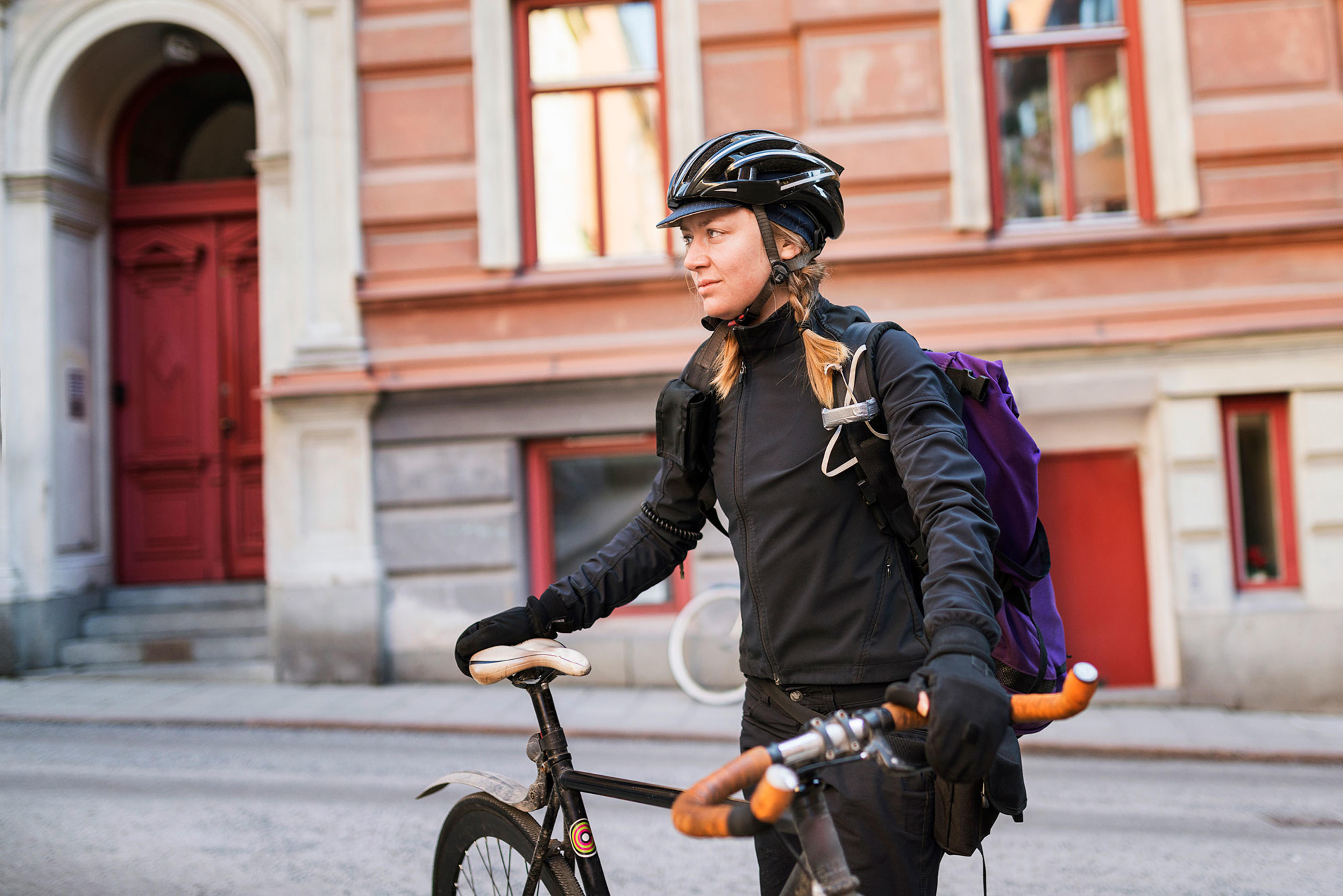Sunstroke is a form of the body overheating, where mainly the head is exposed to direct heat stress. Prevention, cooling and sufficient hydration are the best cures. There is a high risk of overheating during exercise or staying in a hot environment without cooling. Various risk factors, including frail physical condition, alcohol, old age, obesity and many medications, among others, make a person more susceptible to heat-related symptoms. Sunstroke is most often caused by direct exposure to sunlight, especially to the head, and can develop without physical exertion. The symptoms of heatstroke are caused by a central nervous system irritation.
Sunstroke and hyperthermia
A person with a sunstroke may behave abnormally. Their actions may be slower than usually or they may appear disoriented or confused. The most common symptoms of sunstroke include the following:
headache
nausea
dizziness
irritability
confusion
Cases more serious than a sunstroke are usually related to dehydration. When the body becomes dehydrated, the sweating mechanism, which is crucial to regulate body temperature, fails. The first symptoms include rise in your body temperature and dry skin. Other symptoms may include also diarrhoea, swelling and muscle cramps. When the body temperature rises above 40°C, the condition gets more serious. The person becomes nauseous and confused, their blood pressure drops and breathing becomes irregular. If not treated, overheating may lead to unconsciousness and seizures.
Prevention of a sunstroke and overheating is important.
Wear light clothing and cover your head and back of the neck with, for instance, a wide-brimmed hat.
When working in a sunny and hot environment, it is important to have frequent breaks.
The feeling of thirst is a poor meter for assessing dehydration. Therefore, when working hard, you have to remember to drink cold fluids regularly (1-2 dl of liquid every 10 to 20 minutes).
Water is the most effective coolant. Drinking alcohol, tea or coffee may increase dehydration.
If it is not possible to have solid food, sufficient salt intake can be ensured by drinking mineral water. Continue hydration for a while after physical exertion ends.
Dark yellow urine low in volume is a clear sign of dehydration.
The most important self-care measures in treating sunstroke are decreasing body temperature and increasing fluid intake.
A person with symptoms should be immediately transferred to a cool, shady area to rest. Raise the head and place a cool cloth on the forehead of the person with symptoms. Remove any unnecessary clothing. Give cold water to drink
Sprinkle or pour cool water over the skin of a person with heat-related symptoms to reduce their body temperature. Fans and fanning mechanically may help as air flow is an effective cooler. Cold compresses or ice packs can be applied to armpits, groin, neck, and back. However, remember not to place cold packs directly onto the skin to avoid accidental frostbites
If the feet are swollen due to the heat, resting with legs elevated, and drinking plenty of fluids helps. Sports drink or saline water (1/2 teaspoon of salt in 2 litres of water) help with muscle cramps caused by long-term exertion and dehydration.
You should seek medical advice, if
the person experiencing sunstroke symptoms starts feeling worse
You should seek medical treatment immediately, if:
the symptoms worsen or do not improve after 1–2 hours of rest
there are signs of confusion, depressed levels of consciousness or convulsions
the patient is not sweating at all or urinates very little
the patient experiences breathing difficulties or severe fatigue
the fever rises above 39°C, -the patient continues to experience nausea and is unable to drink enough liquids
the patient is a child, an elderly person or a person with a serious underlying medical condition.
The emergency care professionals have produced instructions in collaboration with the Duodecim Terveyskirjasto


Downloadable files
Updated 22.8.2025

